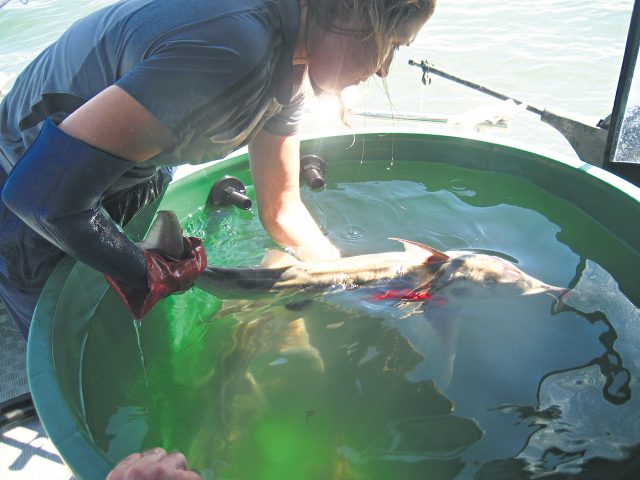
Ancestors of land mammals could have been walking on the sea floor millions of years before they emerged from the ocean, according to Curtin University research.
In a paper published in the scientific journal Cell, Curtin, Monash and New York University researchers said they found baby skate – a stingray-like fish – and some sharks carried the same gene used by land animals to coordinate walking.
The researchers began asking questions about when animals first began to walk after they recorded footage of skate embryos in an aquarium using their fins to move across the bottom in a way similar to walking.
They then compared the nerve impulses and genes, which influenced the fins to those found in walking animals, where they say they found a gene match.
Co-author Dr Catherine Boisvert said by comparing skate to other sharks, they were able to determine the former have a similar nerve network to four-footed animals.
“The nerve network needed for walking were thought to be unique to land animals that transitioned from fishes around 380 million years ago, but our research has uncovered that the little skate and some basal sharks already had those neural networks in place,” she said.

“This research is very significant as the little skate could become a very good model for understanding the development of nerve networks controlling our limbs, and also reveal further information about the diseases associated with them,” she said.
Scientists said this shared gene may have appeared in the common ancestor of sharks and four legged mammals about 400 million years ago, which is important because until now it was believed walking developed only after animals had left the ocean about 350 million years ago.













